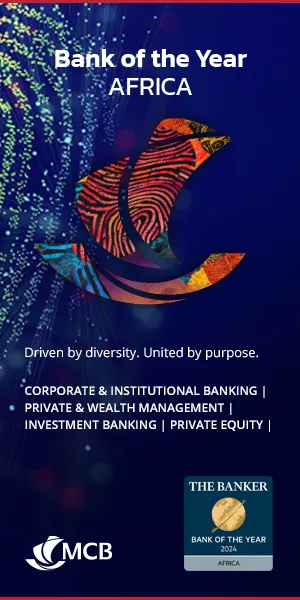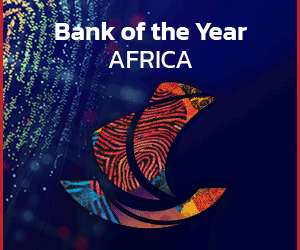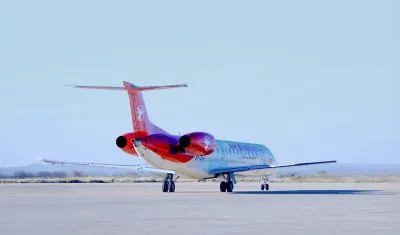In July, Diamond Trust Bank raised KSh3.63bn ($41m) to fund expansion, into either Democratic Republic of Congo, Madagascar or South Sudan, all of which have grossly underbanked populations.
Samji commented: “In the next two to three years, we are going to be in one of those countries. The determining factor of where we are going to have a footprint will be determined by what makes economic sense to the people of those countries.”
Diamond Trust, which is connected to the Aga Khan Fund for Economic Development, has moved up one place from 8th to 7th in our regional table, on the back of a rise in Tier 1 Capital from $175m to $220m.
Perhaps the most noteworthy cross-border investment is Cooperative Bank of Kenya’s announcement that it will expand into Ethiopia as well as Uganda. Close regulation and state control limit foreign, private sector investment in Ethiopian banking as well as in most other sectors.
While most of the big Kenyan banks have recorded a rise in capital since our 2013 survey, this trend is not replicated across the sector. Indeed, the threshold for entrance into our Eastern Africa regional top 25 has fallen from $66m to $60m over the past year
Gideon Muriuki, Cooperative Bank’s managing director, said: “Our South Sudan subsidiary, which started operations in September 2013 is on the verge of breaking even and contributing positively to our profitability this year. Ethiopia and Uganda remain our new frontiers.”
Other governments in the region are keen to bring more people into the banking sector by encouraging mobile banking.
Huge leap in banking access
According to Benno Ndulu, the governor of the Tanzanian central bank, the proportion of the population with access to banking services increased from 6% in 2009 to 44% in 2013, almost entirely as a result of the diffusion of mobile banking services.
Speaking at the Financial Inclusion for Inclusive Growth and Sustainable Development (FIIGSD) meeting in Rwanda in July, he said: “There are 12.3m adults actively using mobile money services, transacting at least once every 90 days.”
He added: “Half of them use the system to save, not just transfer money. As we get agents further into the rural areas and as we improve the range of products and make these services more amenable to meeting the needs of the population, should be reaching 80% in the next five to 10 years.”
This will surely encourage some customers to move on to traditional banks accounts but there is increasing synergy between the two types of banking, as traditional banks launch their own mobile services.
This revolution would have been unthinkable a decade ago but is providing both challenges and opportunities for the region’s biggest banks.
Want to continue reading? Subscribe today.
You've read all your free articles for this month! Subscribe now to enjoy full access to our content.
Digital Monthly
£8.00 / month
Receive full unlimited access to our articles, opinions, podcasts and more.
Digital Yearly
£70.00 / year
Our best value offer - save £26 and gain access to all of our digital content for an entire year!

 Sign in with Google
Sign in with Google 





